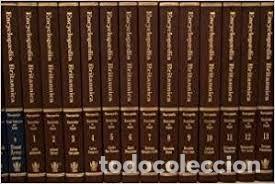

New articles are constantly being added, whereas older articles are sometimes split, absorbed into other articles or drastically shortened or even deleted. Since its reorganization, the Macropædia has not remained constant. However, some parts of the Macropædia were written by the editorial staff of the Britannica such editorial articles are identified by the initials "Ed." The articles of the Macropædia are generally written by named contributors and have references, in contrast to the roughly 65,000 articles of the Micropædia that have no named contributor and no references. The articles in the Micropdia tended to be short, specific, and unsigned and were followed (until 1985) by index references to related content elsewhere in the. The longest article, on the United States, resulted from the merging of the 50 articles on each state.

In the drastic reorganization of that edition in 1985, these articles were combined and condensed into 17 volumes with roughly 700 articles, ranging in length from 2-310 pages. The Macropædia was introduced in the 15th edition (1974) with 19 volumes having 4,207 articles. Adler's intention was that the Macropædia serve students who wish to learn a field in depth for comparison, the short articles of the Micropædia are intended for quick fact-checking. Adler from the ancient Greek words for "large" and "instruction". The Macropaedia article on Afghanistan is 12 pages long and has been updated in several places to reflect changes in 2002, although there is no mention of. The name Macropædia is a neologism coined by Mortimer J. 'A note on the Slavic genitive plural,' to appear in a forthcoming memorial volume for Horace G.

Suka&ccaron, ed., The Sound of Indo-European II. 'Did Hittite have si-imperatives' to appear in R. The 17-volume Macropædia is the third part of the Encyclopædia Britannica the other two parts are the 12-volume Micropædia and the 1-volume Propædia. ARTICLES 'The Tocharian subjunctive and preterite in -a-,' to appear in a forthcoming Festschrift. Britannica recommends you use the Index or the Propaedia to find Macropedia articles of interest. Each volume’s articles are listed at the front of that book. The Macropædia is the set of volumes 13 to 29, with single colour spines. The Macropedia contains around 700 articles, which are much more extensive than the thousands of articles in the Micropaedia. The volumes of the Encyclopædia Britannica.


 0 kommentar(er)
0 kommentar(er)
